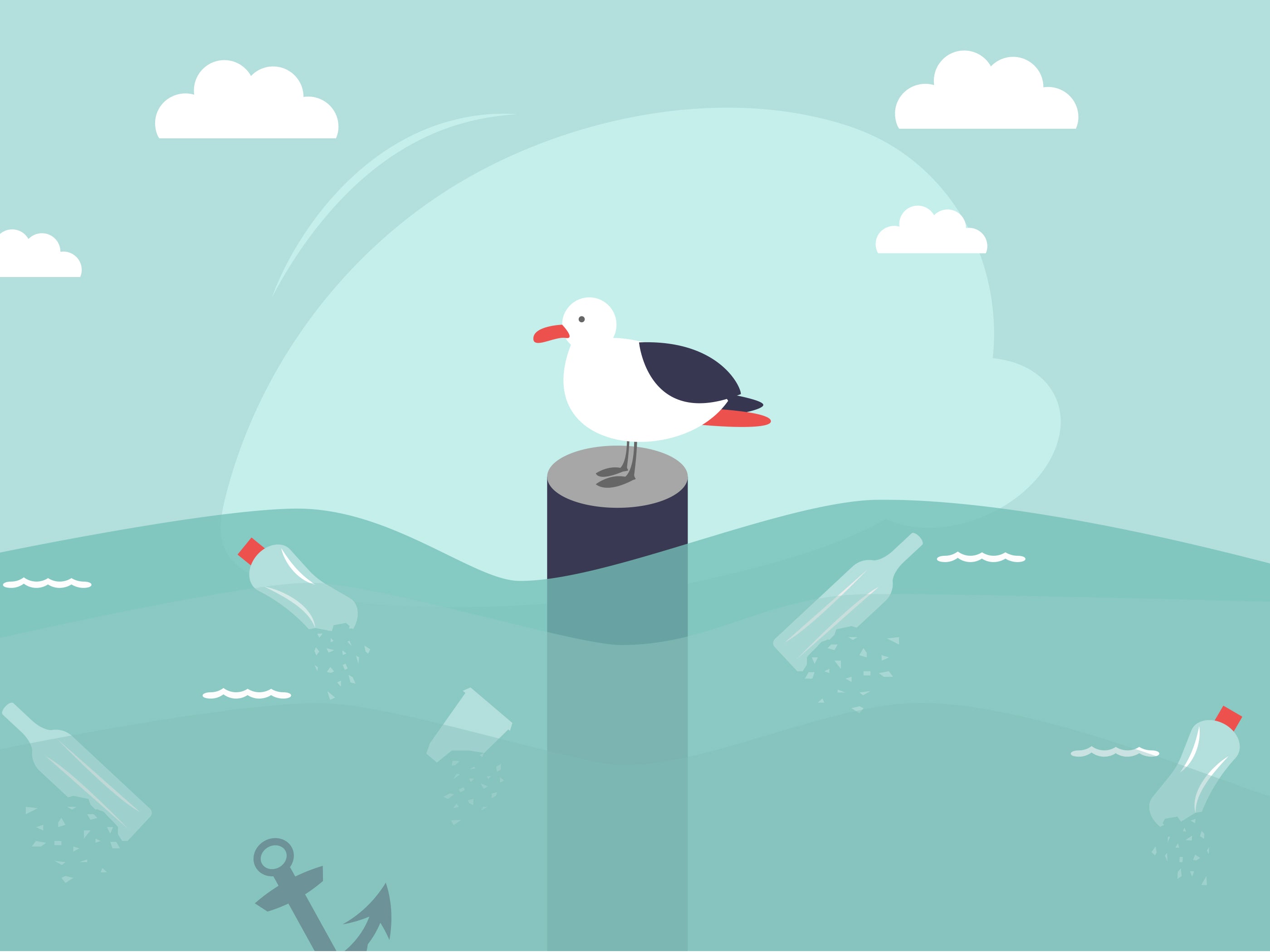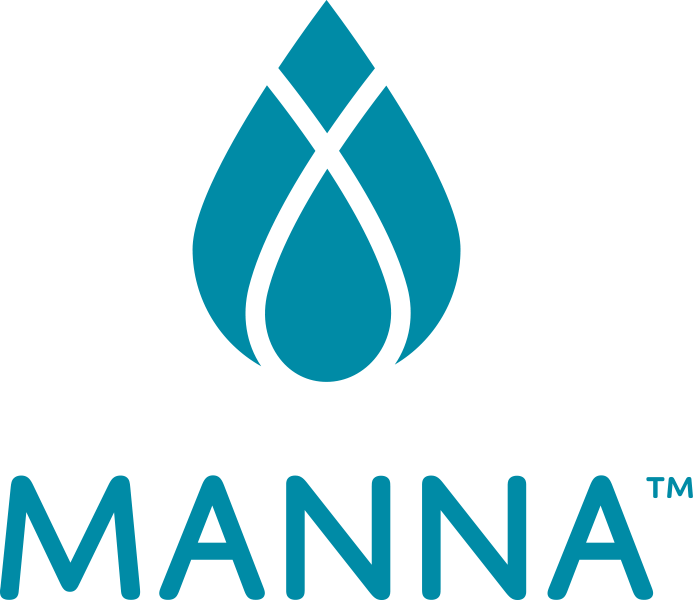
Understanding Microplastics & How They Affect Our Marine Life
We all know that plastic is harmful to marine life. We’ve seen pictures of turtles caught in plastic and read stories of whales found dead with POUNDS of plastic filling their stomach. These stories are why Manna exists.
Each Manna water bottle represents 200 plastic bottles that DO NOT enter the ocean and hurt our marine life. With our bottles, we’re making strides to reduce the 2.6 trillion pounds of garbage that’s floating around our seas, and that’s a good thing because our marine life is threatened even more than you might realize.
It’s not just the big plastic items like straws, six-pack rings, and one-time-use plastic bags that are destroying our marine life. It’s microplastics as well.
What Are Micoplastics?
Microplastics are microscopic particles of plastic that are widespread in our environment on a nano-scale. The debris is made up of tiny plastic beads, granules, fibers, and fragments all less than 5mm in diameter. And this debris can be found in a variety of sources from facial cleanser to liquid hand soap, bottled water, food, and clothing.
Microplastics can be found in almost everything from pigments to ultraviolet stabilizers, water repellents, flame retardants, and softeners. Microplastics are also the result of larger pieces of plastic being broken down over time. In each form, the plastic leaches into the surrounding environment and begins to cause harm.
This inconspicuous plastic has accumulated in our oceans and sediments worldwide for years. In fact, it has accumulated in such gigantic quantities as 93,236 thousand tons floating in the oceans—37 times greater than previous estimates. And due to its small size, almost every type of organism from lugworms to fauna can ingest microplastics.
The Problem of Microplastics
According to a new study published by the journal Environmental Pollution, microplastics can be found in all types of marine life. Originally, it was thought that the greatest danger was to animals lower on the food chain such as plankton, lugworms, and other small aquatic species. But new research has raveled that all of these species are eventually food for other larger marine life.
“Our finding that microplastics can be passed from fish to marine top predators is something we’ve long thought was the case but, until now, lacked the evidence to back our theory up,” Sarah Nelms from PML’s Microplastics Research Group explained in a press release. “We have shown that trophic transfer is an indirect, yet potentially major, route of microplastic ingestion for these predators.”
Recently, scientists found microplastics in 114 aquatics species from shrimp to oysters to seals. In each case, the animal that had ingested the plastic suffered damage in some way either to their liver or to their ability to produce eggs and sperm. Ingesting these tiny particles can also prevent animals from consuming their natural prey, which eventually leads to starvation and even death. Not to mention the fact that microplastics can also be extremely toxic to everything from tiny zooplankton all the way up to whales and sharks.
The Effects of Microplastics on Marine Life
Research on the effects of microplastics on the environment has increased over the past several years with many recent studies revealing that deep regions of the ocean can be huge sinks for these particles, as can Arctic sea ice. The impact of this is particularly concerning. Microplastic has wide reaching consequences with fatalities being well documented for birds, turtles, fish, and marine mammals. There is also evidence that it can cause physical changes to habitats, in particular, coral reefs.
"Microplastics exposure could be detrimental to marine organisms especially under high concentrations," said Abby Lo Hau Kwan, PhD student at the Division of Life Science, HKUST. "In our two-stage experiment, we first exposed Crepidula onyx to additions of algae-sized micro-polystyrene (micro-PS) beads at different concentrations, including ones that were comparable their algal diet. We then halted or continued after settlement and continued to measure the impact of microplastics in the snails."
What Kwan and her co-authors found was that marine life that ingested microplastic grew relatively slower, having to spend more energy on plastic consumption. Other problems include a reduced ability to reproduce and damage to the blood-brain barrier, which could lead to neurological damage. What this could mean is a severe threat to the marine food web as filter-feeding organisms die and there is less food for larger species. As for studies performed on fish, there’s been evidence that exposure to microplastics alters behavioral patterns.
Another problem presented by microplastics are the chemical toxins that are released. These toxins can accumulate in a broad range of organisms and can affect a variety of systems.
At this time, scientists haven’t been able to determine the full extent of damage that microplastics could cause, but there is genuine concern that the damage could be long-lasting if action is not taken immediately. So, at Manna, we’re taking action to fight this global crisis by #ditchingdisposables and focusing on sustainability with our reusable and fashionable water bottles.
Join us and start fighting back!




Leave a comment
This site is protected by hCaptcha and the hCaptcha Privacy Policy and Terms of Service apply.